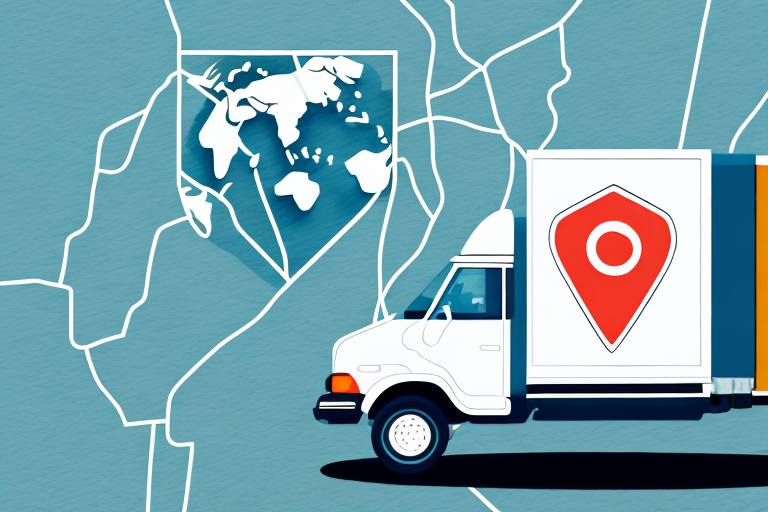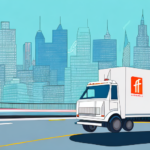Understanding Delivery Charges: The Role of Mileage in Shipping Costs
Delivery charges are a critical component for any business involved in shipping goods. Both senders and receivers must comprehend how these charges are calculated to effectively manage expenses associated with transporting products from one location to another. One of the most prevalent metrics used to determine delivery charges is the per-mile rate. This article delves into the significance of mileage in delivery fees, the methodologies for calculating these fees, and strategies to manage per-mile costs effectively.
Why Mileage Matters in Delivery Charges
The distance between a shipment's origin and destination is a primary factor in determining delivery charges. The number of miles traveled directly correlates with fuel consumption and the wear and tear on the delivery vehicle. Additionally, longer distances require more time and resources, increasing the overall cost of the service.
Moreover, the distance traveled can impact delivery times. Extended distances may necessitate multiple drivers or rest stops, potentially delaying the delivery. This is particularly crucial for time-sensitive shipments, such as perishable goods or medical supplies. Therefore, considering mileage when calculating delivery charges is essential to ensure timely and efficient delivery.
Calculating Delivery Charges Based on Miles Traveled
The most common method for calculating delivery charges based on miles is multiplying the total number of miles by a per-mile rate. This rate can vary depending on the delivery company and may be influenced by factors such as shipment size, delivery speed, and additional service requirements. Some companies offer flat rates for specific distance ranges or destination regions.
Another consideration is the type of goods being shipped. Hazardous materials, for example, may require special handling and transportation, increasing delivery costs. Similarly, fragile or high-value items might necessitate additional packaging and insurance, further impacting the final cost.
It's important to remember that delivery charges based on miles are not the sole cost associated with shipping. Other fees, including fuel surcharges, handling fees, and taxes, may also apply. To obtain an accurate estimate of shipping costs, it's crucial to consider all these factors and compare rates from multiple delivery companies.
Factors Influencing Per Mile Delivery Charges
Impact of Fuel Prices
Fuel prices significantly influence delivery fees since fuel costs are a major component of transportation expenses. When fuel prices increase, the per-mile rate may also rise to offset the additional costs. Some delivery companies implement fuel surcharges or adjust their delivery fees based on current fuel market prices to maintain profitability and competitiveness.
It's noteworthy that fuel prices are just one of several factors affecting delivery fees. Other factors include labor costs, vehicle maintenance, and insurance expenses. Delivery companies must balance these costs to set reasonable prices while offering quality services.
Distance and Shipping Timeframes
There is a direct relationship between distance and shipping timeframes. The number of miles traveled influences the time required to transport a shipment. Businesses must consider delivery speed, shipment size, and destination when determining optimal shipping times. Selecting delivery services that offer tracking and visibility features can help manage delivery schedules more effectively.
Type of Delivery Service
The type of delivery service chosen can also affect per-mile charges. Same-day or rush delivery services often come with higher per-mile rates due to the urgency and additional resources required. Conversely, standard delivery services may have lower per-mile charges as they can be scheduled and executed more efficiently.
Strategies for Managing Delivery Costs
Reducing Per Mile Costs
Businesses can employ several strategies to reduce their delivery costs per mile. Negotiating long-term contracts with delivery companies based on volume or distance can lead to more favorable rates. Additionally, optimizing shipping schedules to minimize the number of trips required can result in significant savings.
Investing in fuel-efficient vehicles or exploring alternative fuel options can also lower fuel costs and contribute to more sustainable operations. Utilizing technology such as GPS tracking and route optimization software can further enhance efficiency and reduce delivery expenses.
Optimizing Logistics
Outsourcing delivery services to third-party logistics providers can offer cost savings through their expertise and economies of scale. These providers specialize in managing transportation and logistics operations, allowing businesses to focus on their core competencies while benefiting from optimized delivery processes.
Common Myths About Delivery Charges Per Mile
Several misconceptions surround the cost of delivering products based on mileage. A prevalent myth is that per-mile rates remain constant regardless of shipment size or distance. In reality, per-mile rates can vary significantly based on factors such as shipment dimensions and speed requirements.
Another misconception is that delivery companies always adjust their rates based on current fuel prices. While fuel prices do influence delivery costs, rates may also be affected by market demand and operational expenses. Additionally, it's a common belief that shorter distances always result in lower delivery costs, which isn't always the case due to factors like traffic congestion and the need for frequent deliveries.
Furthermore, many assume that per-mile charges are the only costs associated with shipping products. In reality, other fees like handling charges, insurance fees, and customs duties for international shipments must also be considered when calculating the total cost of shipping.
Future Trends in Delivery Logistics
The logistics industry is continually evolving, driven by technological advancements and changing market demands. Innovations such as automation and machine learning are streamlining delivery processes, reducing costs, and enhancing reliability. Emerging transportation technologies, including electric and autonomous vehicles, are poised to impact delivery fees by potentially lowering operational costs and increasing efficiency.
Additionally, the rise of e-commerce continues to influence delivery logistics, with increasing demand for faster and more reliable delivery services. Businesses must stay abreast of these trends to adapt their delivery strategies and maintain competitive pricing.
Conclusion
Understanding delivery charges per mile is crucial for managing the costs associated with shipping products. By comprehending the factors that influence these charges, businesses can make informed decisions when selecting delivery services, negotiating fees, and optimizing their shipping strategies. Staying informed about industry trends and leveraging cost-saving strategies can further enhance efficiency and profitability in delivery operations.






















